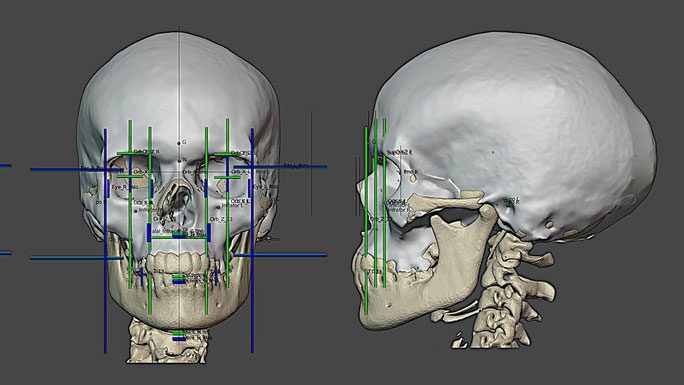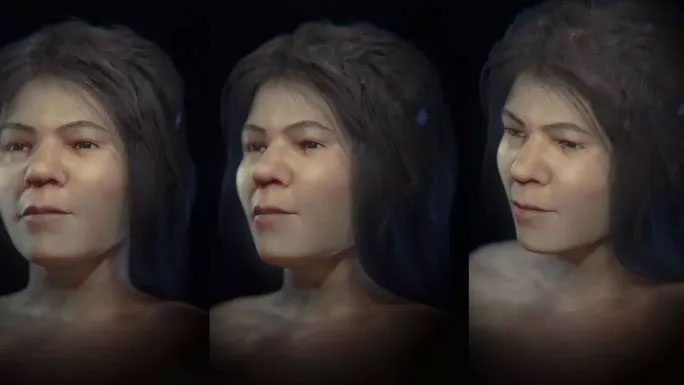Scientists have reconstructed the face of a skeleton classified as male, unearthed 140 years ago, only to discover that the individual was actually a 17-year-old girl.
The Famous Skull Mladeč 1, excavated in 1881 from a cave in the Czech Republic, has been reconstructed into a lifelike portrait by an international research team.
When first discovered, Mladeč was analyzed and classified as a male individual who lived approximately 31,000 years ago and is one of the oldest Homo sapiens – our species – ever found in Europe.

Reconstruction process of the young girl in Mladeč cave – (Photo: Cicero Moraes)
A new study, recently published as part of the online book “Forensic Facial Approach to the Mladeč 1 Skull,” reveals that the gender determination made by archaeologists 140 years ago was incorrect.
“When the skull was analyzed in isolation, features indicated it could be male. However, subsequent research steps comparing the skull with other specimens found at the same site provide evidence that it must be female,” said Brazilian forensic graphic expert Cicero Moraes, a member of the research team, in an interview with Live Science.
The team utilized information collected from the 19th-century excavation, combined with forensic facial reconstruction based on 3D scans of the skull. Scientists attempted facial reconstruction in the 1930s but were unsuccessful due to technological limitations.
The research team, led by the Czech Cave Administration, used up to 200 CT images of modern individuals from various populations in the area previously found in archaeological digs to search for details that the skeleton did not reveal, such as predictions about hair and skin color.

Portrait of the 17-year-old girl from 31,000 years ago – (Photo: Cicero Moraes).
The meticulous reconstruction process to “layer” soft tissue onto the 3D-represented skull gradually revealed the features of a very young girl, estimated to be around 17 years old according to other research data.
This young girl was virtually “time-traveled” from the ancient world, displaying some rugged features on her face but clearly still a girl.

Mladeč Cave – (Photo: INTERNATIONAL CAVING ASSOCIATION).
Like her contemporaries, she belonged to a hunter-gatherer tribe – potentially one of the first Homo sapiens communities to inhabit Europe – possessing a blend of genetic traits from modern populations of Africa, Europe, and Asia.




















































